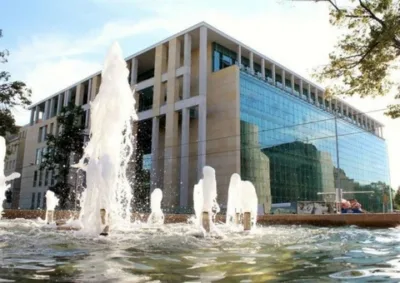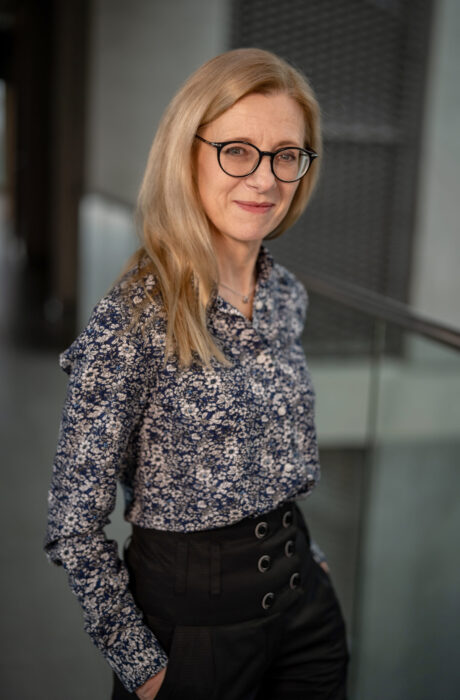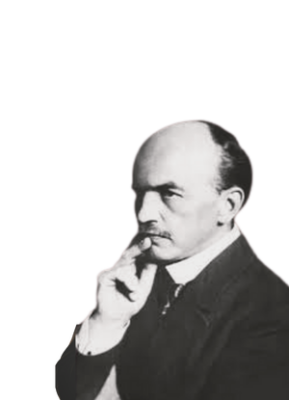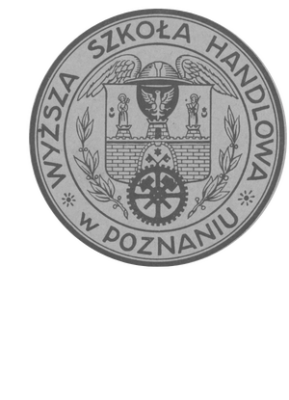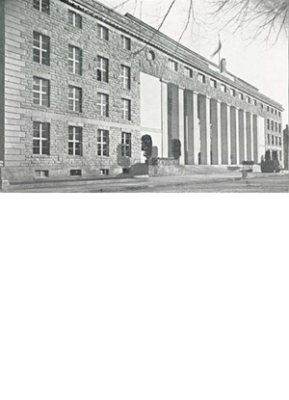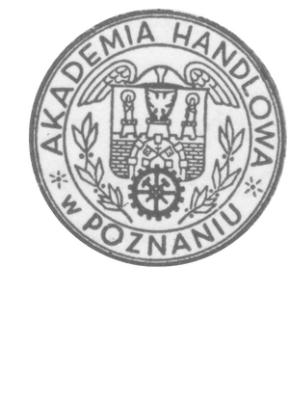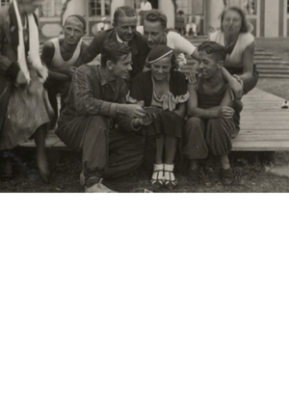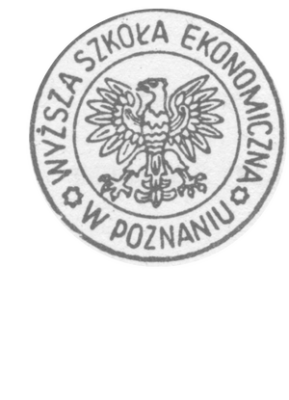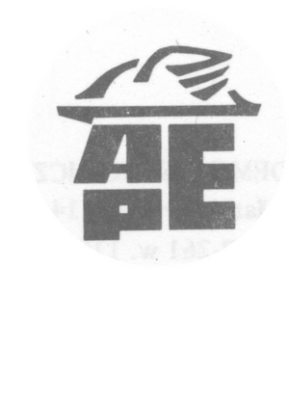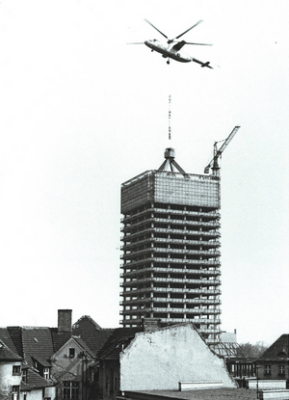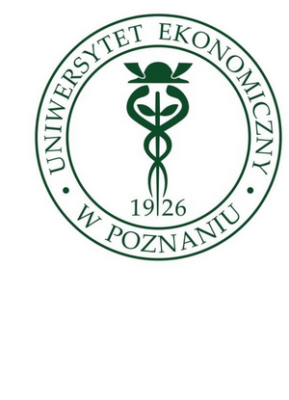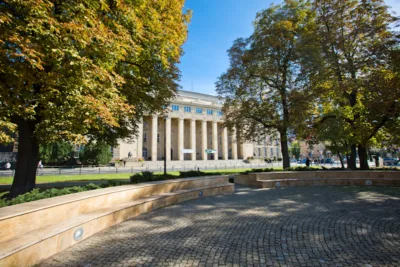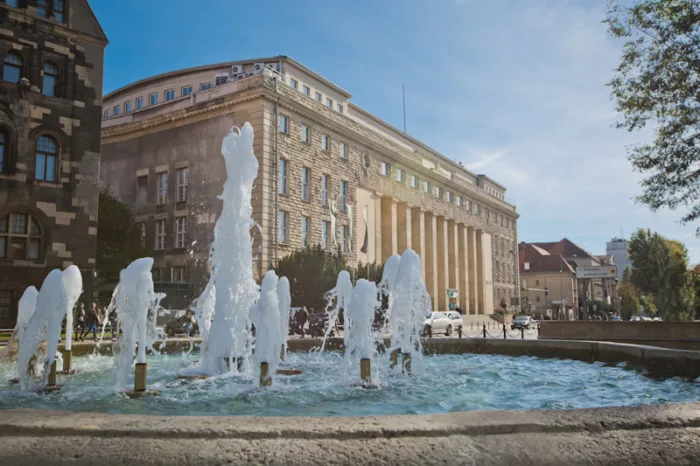
About University
PUEB educational offer takes account of global models of managerial education and the latest solutions in economic thought and business development. Being one of the oldest Polish universities of this kind, PUEB specializes in educating business leaders, highly qualified managerial staff, experts on economy, as well as employees of governmental and local government administration services.
Teaching curricula are strongly oriented on practice – they introduce students to models and tools allowing them to understand economic reality and make optimum economic decisions.
For more than 10 years, the University has been cooperating with prestigious companies from the entire Poland, as part of PUEB Partner Club. Business experts and practitioners signal the labour market needs and real challenges posed by the economy. They also share knowledge and experience during classes for students.
University Governance
„Our mission is to drive social responsibility by developing future-oriented knowledge, attitudes and transversal competencies, while supporting our surroundings to co-create a sustainable and innovative economy.”
-
We cultivate the traditions of the University, founded in 1926 by entrepreneurs
-
We conduct research in the fields of sustainable and resilient economies, business and technological innovation, responsible production and consumption, and inclusive society
-
We develop competencies in analytical, creative, and critical thinking skills, as well as communication, teamwork, leadership, ethics, and social responsibility
-
We provide and co-create expertise and solutions for the private sector, public sec-tor, and social organizations
-
We build a community of people and values by integrating science, business, and society
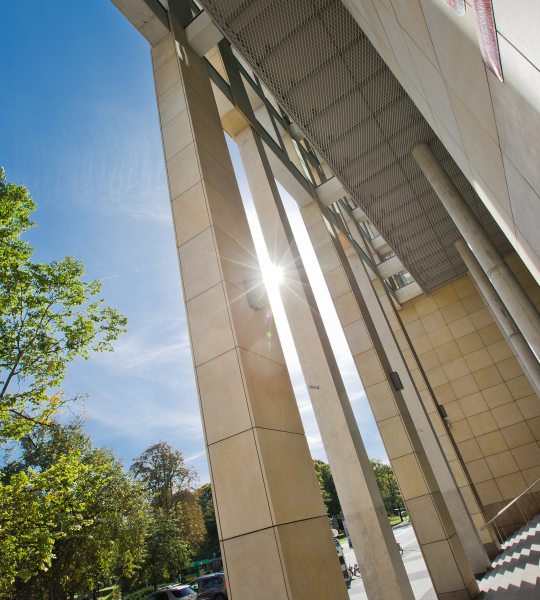
We are guided by the following VALUES:
- We are COMPETENT and RELIABLE partners to businesses, public administration, and NGOs,
- We are OPEN to others and to the changing world,
- We are RESPONSIBLE for the quality of education, research, and our environment, in accordance with the principles of sustainable development,
- We are BOLD in our thinking and ETHICAL in our actions.




